
One of the first things I do when I hop on a new mountain bike is adjust the brake levers. In my opinion, it’s equally as important as finding the right suspension sag or tire pressure. When I can’t reach the levers or have to over-extend my fingers, my braking suffers, as does my speed and my hands.
Brake levers, shifters, and dropper post levers are meant to be adjusted; up, down, all around. Since everyone’s hands are different, your mountain bike cockpit should fit like a glove. Here are a few tips that will help get things dialed.

Finding the right brake lever angle
Why would you adjust the angle or tilt of your brake levers? The same reason you’d adjust your saddle angle or add a spacer under your stem; for the perfect fit, which often depends on the bike and the intent.
For example, the geometry on a cross-country, trail, or enduro bike are all going to be quite a bit different. On a cross-country bike, you’ll likely have a shorter reach, a slacker seat tube angle, and a steeper head tube angle. The riding position on XC bikes is usually much more forward than it is on an enduro bike, so you’ll likely have your chest/shoulders more over the stem and handlebars. Thus, your hands and fingers are more likely to roll forward over the grips.
Before I get further, I’ll preface this and say these are merely considerations. They may or may not work for you, but they depend on your own riding style and the terrain on which you’re riding.
Because I’m riding more mellow terrain on a cross-country position, I tend to roll my levers forward a bit more to match the angle of my arms. It’s more comfortable and ergonomic.

Inversely, on something like an enduro bike, I choose a flatter brake lever angle. In the seated position, modern enduro bikes have a steeper seat tube angle, putting the rider in a more upright position and bringing their hands back toward their body.
Freeriders and downhillers have been setting their brake levers up at a flatter angle for a long time because of steep descents. Think about the chain that is your fingers/hands, arms, shoulders, and head. On a steep rock roll or rock garden, the last thing I want to feel when I need to squeeze the brakes are my hands rolling over the front of the bars and my head and body following them, placing more weight over the front axle.
If you’re riding steeper terrain, it might be worth trying a flatter brake lever setup. They’ll be easier to reach, more comfortable, and more ergonomic.
Brake lever reach
The reach or amount of throw between the extended position of the levers and the point where the calipers and pads start to grab the rotors are largely personal preference, but there are variables of course; the length of your index fingers, the amount the levers can be adjusted, and how well your brakes are bled all factor into where your brake lever reach needs to set.
Some like a longer throw, with the levers spun out while others prefer a shorter throw with them dialed in a bit. Most hydraulic brake levers these days have a brake lever reach adjust built in to them, however the accessibility usually depends on the cost of the brake. High end brake sets usually have a tool-less brake lever reach adjust with a small knob on the outside of the brake lever, whereas more affordable levers often have a reach adjust screw tucked away on them somewhere, which are adjusted with a 2(ish) millimeter hex wrench.
On a well-bled and functioning brake lever set, the reach can be shortened without any impact to the bite point, though some mountain bike brakes that need a bleed may have bite point issues if the reach is shortened too much.

Again, there is a lot of personal preference involved in this one, but I usually prefer my reach in the short to mid-range. If they are too far out, your index finger is going to work harder than it needs to slow you down. This can result in added fatigue.
You may also find you need to shift around other controls like your shifter or dropper post to find the perfect place for your pointer on the lever, usually near the tip of the blade. Braking at this point will give you the most modulation and control of the bite.

Bite point
Some brake master cylinders have a bite point adjustment on top of a reach adjustment. The bite point is how far the lever needs to travel before the brake pads contact the rotor. This comes down to personal preference too, and some may like a longer lever throw or a shorter one.
Some of these adjusters also have a fairly vague feeling when it comes to changing the bite point, and a poor brake bleed can also make a big difference here. The best move here is to experiment with the adjustment and settle on a point you like.

Clamp considerations
Lastly, we’ll talk about torque specs here. When you’re tightening brake levers down on your handlebars, refer to the torque specs on your brand of bars. Really, it’s best to be mindful of your torque amount if you have carbon handlebars so you don’t put too much force on them and crack them. You shouldn’t need more than 4-6Nm of torque for the proper amount regardless of bar material.
A tip I learned a while ago worth sharing is to leave your brake lever clamps just a little loose—not so loose that they move up or down during braking, but loose enough so that if you crashed and hit the dirt, the master cylinders and levers might shift on contact instead of breaking.





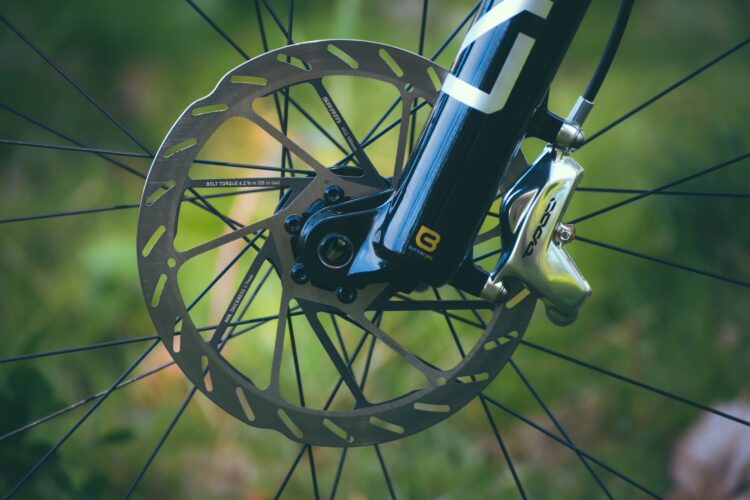
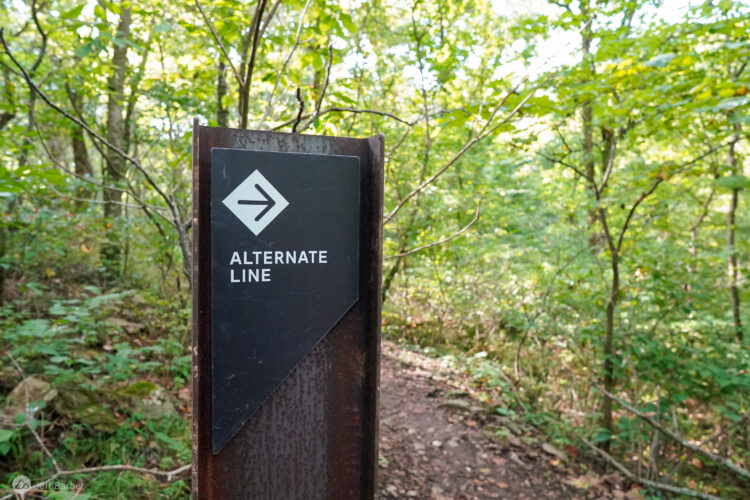
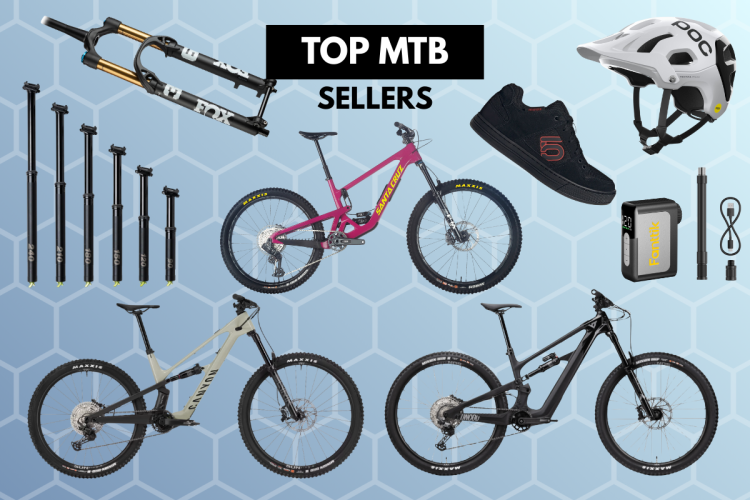
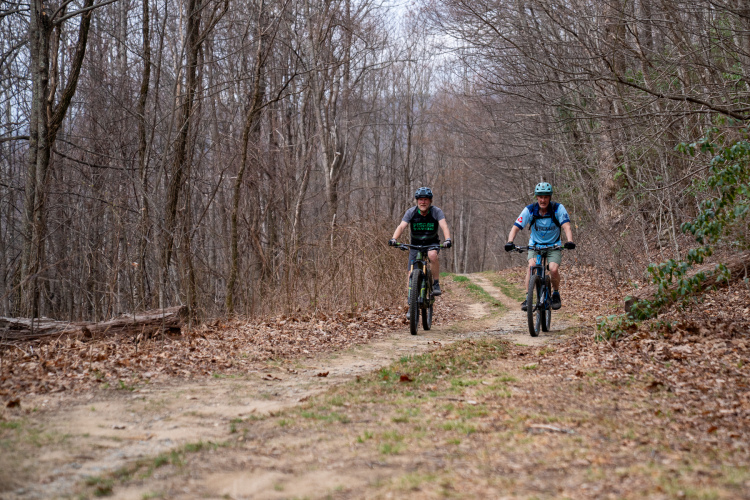
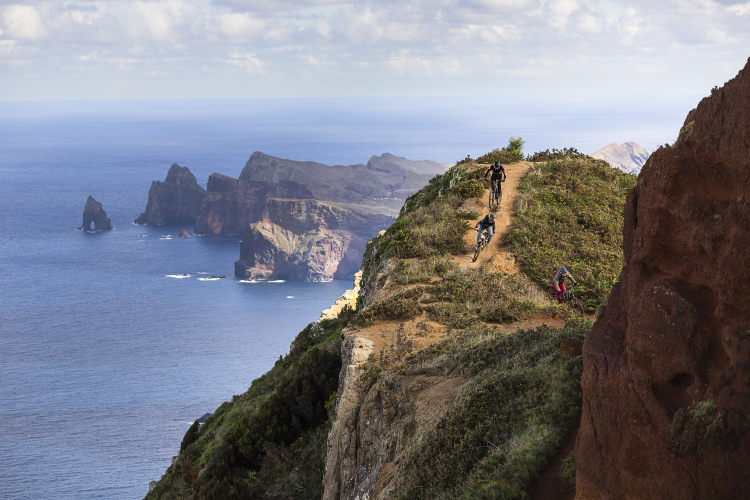

1 Comments
Apr 29, 2023